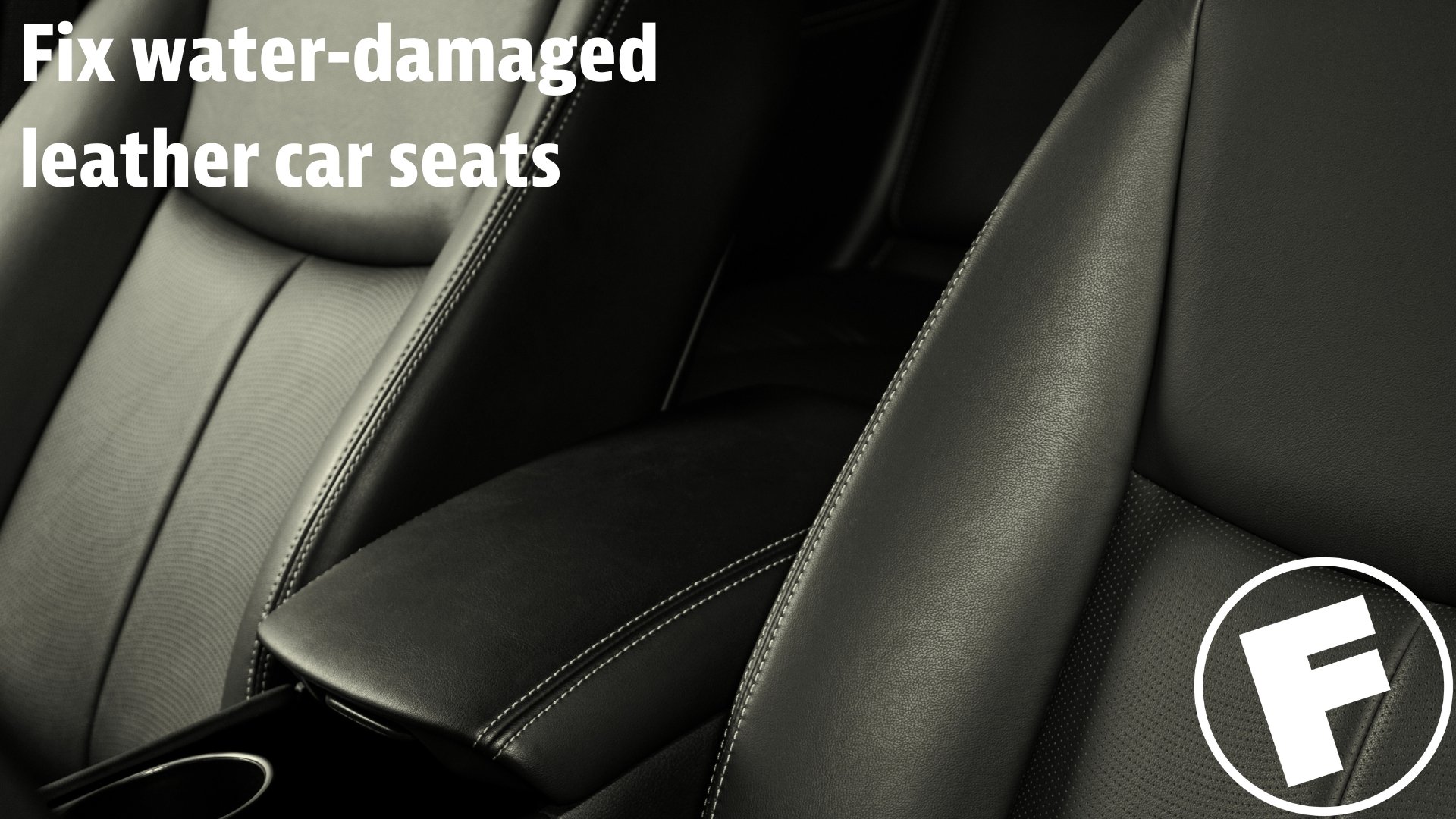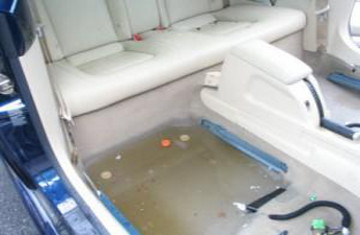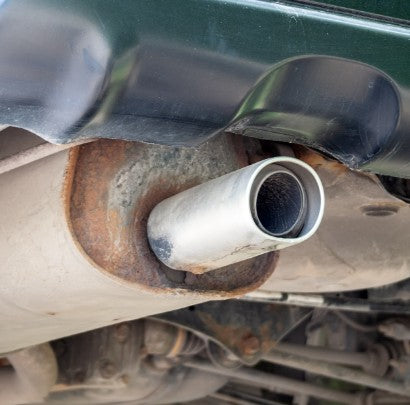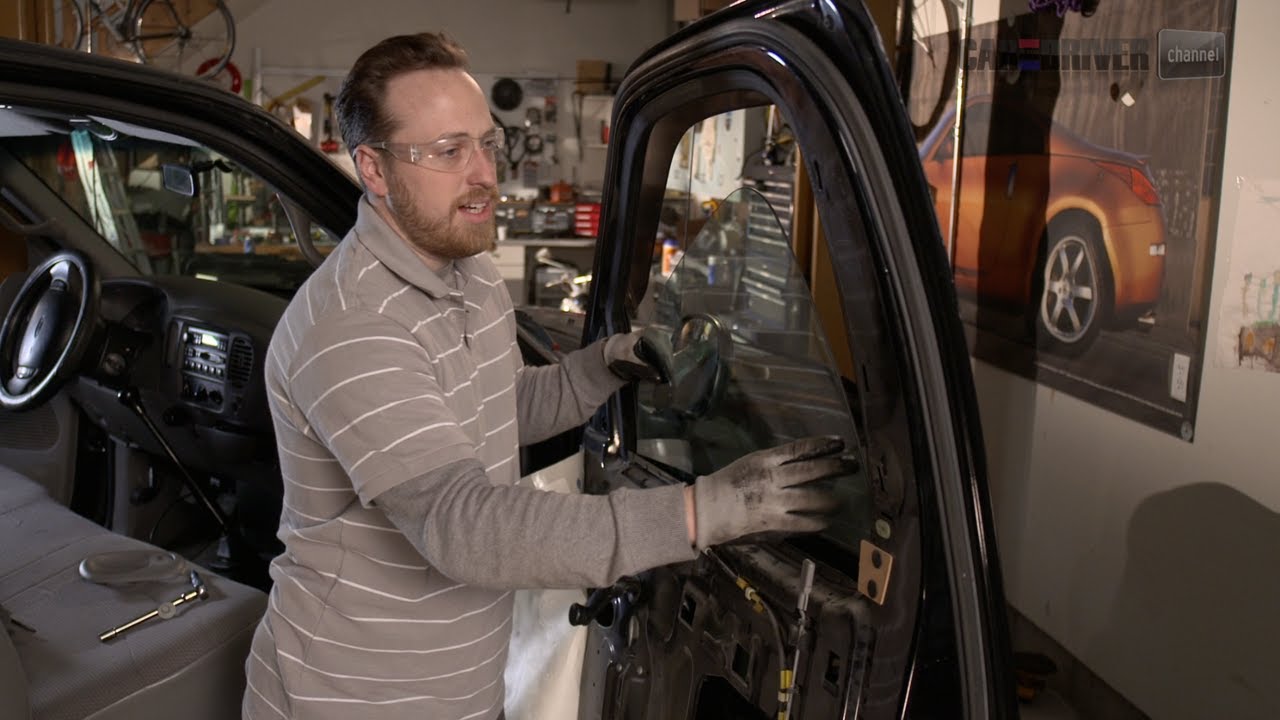Car Interior Water Damage Repair
Car interior water damage repair requires thorough cleaning, drying, and restoration. Addressing electrical issues and preventing mold are key steps.
Dealing with car interior water damage can be an overwhelming task, yet it’s crucial to act quickly to mitigate further damage. Immediate attention to drying out the water-damaged interior and cleaning any upholstery or carpeting is necessary to prevent the growth of mold and unpleasant odors.
It’s also essential to check and rectify any electrical systems that may have been compromised. Professional services can ensure effective restoration, while DIY methods might suffice for milder cases. Identifying the source of the water ingress is the first step to prevent future damage. Ensuring the car is completely dry and refurbished not only preserves the value of your vehicle but also provides a safe and pleasant driving experience.
Identifying Water Damage In Your Car
Water damage in a car can lead to costly repairs and health risks. Being vigilant and identifying water damage early on is key to preventing more serious issues. This section will help car owners spot the signs of water damage and know where to check for potential problems.
Signs Of Moisture And Mold
The most obvious signs of water damage within a car are moisture and mold. Mold has a musty smell and can often be seen on fabrics and surfaces. Here are indicators that your car may have water damage:
- Wet carpets or upholstery, suggesting a leak.
- Stains on the interior, which may show past water exposure.
- Fogging inside windows, pointing to excess moisture.
- A sour or musty odor that indicates mold or mildew growth.
- Rust around doors or on the pedals from water ingress.
Where To Look For Hidden Damage
Finding hidden water damage requires a thorough check. Certain areas in your car are more susceptible to trapping water. Focus on these spots:
- Under the floor mats: Lift mats to inspect for wetness or corrosion.
- Trunk: Check under the spare tire and cargo area for signs of water.
- Under the seats: Moisture can hide there and lead to rust.
- Inside the roof: If you have a sunroof, ensure the drainage channels are clear.
It’s important to address any signs of water damage immediately to maintain your car’s condition and safety. Ignoring these warnings can lead to bigger issues, such as electrical malfunctions and health hazards from mold inhalation.

Credit: www.carwash.com
Consequences Of Ignoring Water Damage
You might think a little water can’t hurt your car’s interior, but think again. Leaving water damage unchecked can lead to costly and hazardous issues. Water is sneaky. It creeps into every nook, causing a range of problems. Unattended water damage can drastically reduce your car’s value and appeal.
Long-term Impact On Car Interiors
Water damage is a silent destroyer of car interiors. Without quick action, moisture seeps into fabrics and padding, leading to mold and mildew growth. This not only creates a musty smell, but also deteriorates your car’s insides. Over time, the damage can become so severe that complete interior replacement is the only solution. Repair costs can be staggering.
- Fabric discoloration
- Mold and mildew infestation
- Oxidation and rusting of metal components
- Degradation of electronics and upholstery
Attending to water damage early saves money and preserves your car’s interior. A dry, mold-free car maintains a high resale value.
Electrical Complications And Safety
Overlooked water damage poses serious safety risks. Modern cars are filled with sensitive electronics controlling everything from airbags to automated windows. Water can cause short circuits, leading to unpredictable behavior or complete failure of essential systems.
Imagine airbags not deploying during a crash or windows failing to close. In severe cases, water may even spark a car fire.
| Electrical Component | Risk | Potential Outcome |
|---|---|---|
| Airbag System | High | Failure during accidents |
| Power Window Controls | Medium | Malfunction |
| Engine Control Unit (ECU) | Critical | Car won’t start or erratic behavior |
To ensure safety, get electrical systems checked and repaired as soon as possible after water exposure. This will prevent further damage and costly repairs.
Immediate Actions Post Water Exposure
Water in your car is a serious issue. It can ruin the interior and lead to mold. Quick action can save your car’s interior. Here’s what to do immediately after water exposure.
Removing Standing Water
Time is crucial when dealing with water in your car. Start by:
- Turning off the car’s power to avoid electrical issues.
- Mopping up the water with towels or a wet-dry vacuum.
- Soaking up excess moisture from seats and carpets.
Removing water quickly will prevent further damage.
Drying Techniques And Tools
After extracting the water, dry the interior thoroughly.
- Open windows and doors to improve airflow.
- Use fans and dehumidifiers to speed up drying.
- Leave silica gel packets in the car to absorb moisture.
Drying tools are vital for preventing mold and bad smells.

Credit: www.fibrenew.com
Professional Versus Diy Repair Approaches
Navigating the murky waters of car interior water damage can be daunting. Deciding between professional services or a do-it-yourself approach is crucial. Both options have benefits. Your decision often hinges upon the severity of the damage. Accessibility, tools, and knowledge also play vital roles.
When To Call The Experts
Professional expertise is paramount for extensive water damage. This level of damage typically involves electrical components. It also includes compromised upholstery. Professionals carry the right tools for such jobs. They understand how to mitigate mold growth. They have dehumidifiers, high-powered fans, and special cleaning agents. Specialists carry out a comprehensive restoration process.
- Call professionals for soaked cushioning and flooring.
- Lingering odors are a sign of alarming issues.
- Experts manage mold risks promptly and effectively.
Ignoring these signs could lead to harmful mold. It could also erode your vehicle’s value. Your safety could be at risk. Protect your investment by getting expert help when you notice these signs.
Diy Tips And Tricks For Minor Damage
For water spots or minor dampness, a DIY approach can be effective. It is crucial to act fast. The aim is to dry out your vehicle before issues escalate.
| DIY Step | Explanation |
|---|---|
| Immediate Action | Remove excess water with towels. |
| Air Out | Open doors and windows to aid drying. |
| Sunlight Exposure | Park in the sun to take advantage of natural drying. |
| Use Fans | Set up fans to circulate air inside the car. |
| Baking Soda | Apply to absorb moisture and odors. |
Remember to check under floor mats. Water can hide there. Keep doors and windows open during the drying phase. Avoid using heat as it can encourage mold growth.
- Start by blotting wet areas with absorbent towels.
- Apply silica gel packets to areas that hold moisture.
- Consider renting a wet/dry vacuum if needed.
Addressing car water damage fast will save your car’s interior. It will also maintain a healthy environment. Minor damage can often find a remedy at home.
Preventing Future Water Damage
Have you faced the headache of car interior water damage? You’re not alone, and knowing how to prevent future problems is key. Effective prevention saves time, money, and maintains car value. Let’s discuss regular maintenance and measures for wet seasons.
Regular Maintenance Tips
Maintain your car’s interior with these simple tips:
- Check seals: Inspect door and window seals regularly for leaks.
- Clean drains: Clear sunroof and cowl screen drains of debris.
- Wax car exterior: A good waxing repels water and protects paint.
Implementing these tips can extend your car’s life and keep the interior dry.
Protective Measures During Wet Seasons
Take extra steps during rainy months:
- Use waterproof mats: Replace standard mats with waterproof options.
- Car cover: Invest in a quality car cover for outdoor parking.
- Window checks: Ensure windows are fully closed before rains.
These proactive measures can save your car’s interior from unwanted water damage.
Navigating Insurance And Warranty Claims
Water damage inside your car can be a nightmare. Rushing to fix it is crucial. Yet, many forget to handle the paperwork correctly. Insurance and warranty may cover repairs. The key is to understand your policy and act promptly.
Understanding Your Coverage
Every insurance policy and warranty differs. Some handle water damage; others don’t. You must check your agreement. Look for specifics about water damage. Know what is covered and the process to claim.
- Read your insurance terms carefully.
- Check for water damage clauses.
- Note your policy number and coverage limits.
Tips For Filing A Successful Claim
Acting fast increases the chance of a successful claim. Follow these steps to ensure a smoother process:
- Gather evidence quickly. Take pictures of the damage.
- Report the damage to your insurer as soon as possible.
- Keep all repair receipts and detailed records.
- Contact the dealership if your car is under warranty.
- Fill out claim forms accurately and completely.

Credit: www.carwash.com
Frequently Asked Questions Of Car Interior Water Damage Repair
Can Car Interior Water Damage Be Fixed?
Yes, car interior water damage can typically be repaired. It entails thoroughly drying, cleaning, and sanitizing the affected areas, followed by repairing or replacing any damaged upholstery or electrical components. Professional help is recommended for best results.
How Much Does Water Damage Restoration Cost?
The cost for water damage restoration can vary widely. Factors include the extent of damage, type of car, and labor rates. On average, you might expect to pay between $100 and $1,000. For precise estimates, consulting a professional is advised.
What Causes Car Water Damage?
Common causes of car water damage include leaks in the sunroof, windows, or door seals, as well as flooding from natural disasters. Poor maintenance can also result in water entering the vehicle’s interior.
How To Detect Water Damage In A Vehicle?
Detecting water damage involves checking for damp carpets, a musty odor, rust, and water lines inside the car. Inspect all interior spaces. Look under floor mats and in the trunk for any signs of water exposure.
Conclusion
Dealing with car interior water damage can be daunting, but it’s manageable with the proper steps. Remember, prompt action preserves your vehicle’s aesthetics and health. Trust professionals for complex issues, and don’t let moisture take the wheel. Protect your car’s interior and ensure a safe, comfortable ride.







